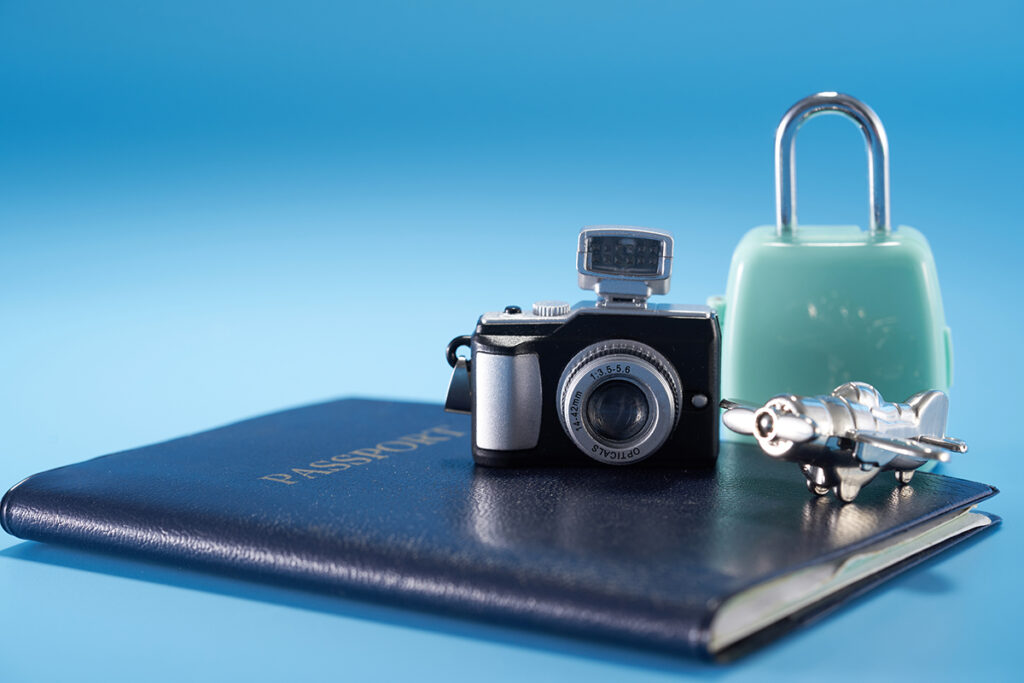
COPYRIGHT AND PRIVACY IN PHOTOGRAPHY
Photograph Copyright: What it is?
A document declaring the right of the owner to his photograph works is called a photograph copyright. This means the owner has the exclusive right to distribute, copy, and display their artistic material. However, there are certain exceptions. One such exception is even if a photograph has a copyright, it can still be used by anyone. Using them for research, reviews, and private studies is all right.
Do photographs have copyright protection?
Yes. Photographs are artistic materials as defined in Canada’s Copyright Act. As long as these photographs are original and fixed in a tangible form, they enjoy copyright protection.
Photograph copyright protection starts as soon as you create an image. If you are using a film camera, copyright starts as soon as you press the shutter. In the case of digital cameras, it starts when a camera’s electronic image sensor records an image.
What “fixed” in a tangible form means
This simply means that there is a permanent record of the photo; be it by film or digital memory. Even if the photograph has not been printed, it still has copyright protection.
What makes a photograph “original”?
A photographer must possess the skill and sane judgment to declare a photo as copyright protected. This is according to a supreme court decision in 2004. Factors like framing, lighting effects, and location research are used to determine this. Moreover, costumes and the actual duration of the shoot are equally important.
Furthermore, if a photograph is simply a re-creation of existing material, it may not be protected by copyright. Surprised? This is due to a lack of originality since it is simply a replica of an original work.
Are photos published on the internet still copyright protected?
Yes, photographs found on the internet are copyright protected. For obvious reasons, you still need permission from the owner before you can use it. However, there are exceptions to this as stated in the Copyright Act. A perfect example is the use of the photo for fair dealing.
Ownership of Copyright
Let’s talk about ownership of copyright. Here are some situations where the ownership issues change;
Photos taken before November 7, 2012:
Automatically, the copyright belongs to the person who owns the film’s negatives or digital prints. Hence, it does not necessarily mean that the photographer is the author.
When parents commission a photographer to cover their child’s birthday party, it boils down to the parents. They are considered the default copyright owners. But, this only applies if the photographer’s services are fully-paid. Otherwise, the photographer owns the rights.
Photos taken after November 7, 2012:
According to the Copyright Modernization Act, the one who takes the photograph becomes the author by default. This provision also streamlines the rules for other artistic works like sculptures and paintings. The same thing, it’s also applicable to commissioned work. Nevertheless, clients who paid for the photos can still use these exposures for personal purposes like giving them to family members as a gift.
Copyright Duration
Generally speaking, copyright protection for photographs goes on as long as the author lives! Add fifty years after the author dies, then it becomes another person’s property. This rule also applies to digital cameras.
On the other hand, protection is shorter once companies own the images. It takes fifty years before the protection expires. Once copyright protection ends, the photograph eventually goes into the public domain. There, anyone can freely use, copy, or distribute these photographs.
PERMISSION AND WAIVERS
As a rule, you don’t need permission when taking a person’s photo. But if you’re going to use it for commercial purposes, then, consent is a must!
Also, you need permission when it comes to distribution. Whether it is for personal or commercial purposes you must inform them of how you will use the photographs. Likewise, you must ask for permission for all identifiable persons in the photographs if you’re going to use them commercially.
